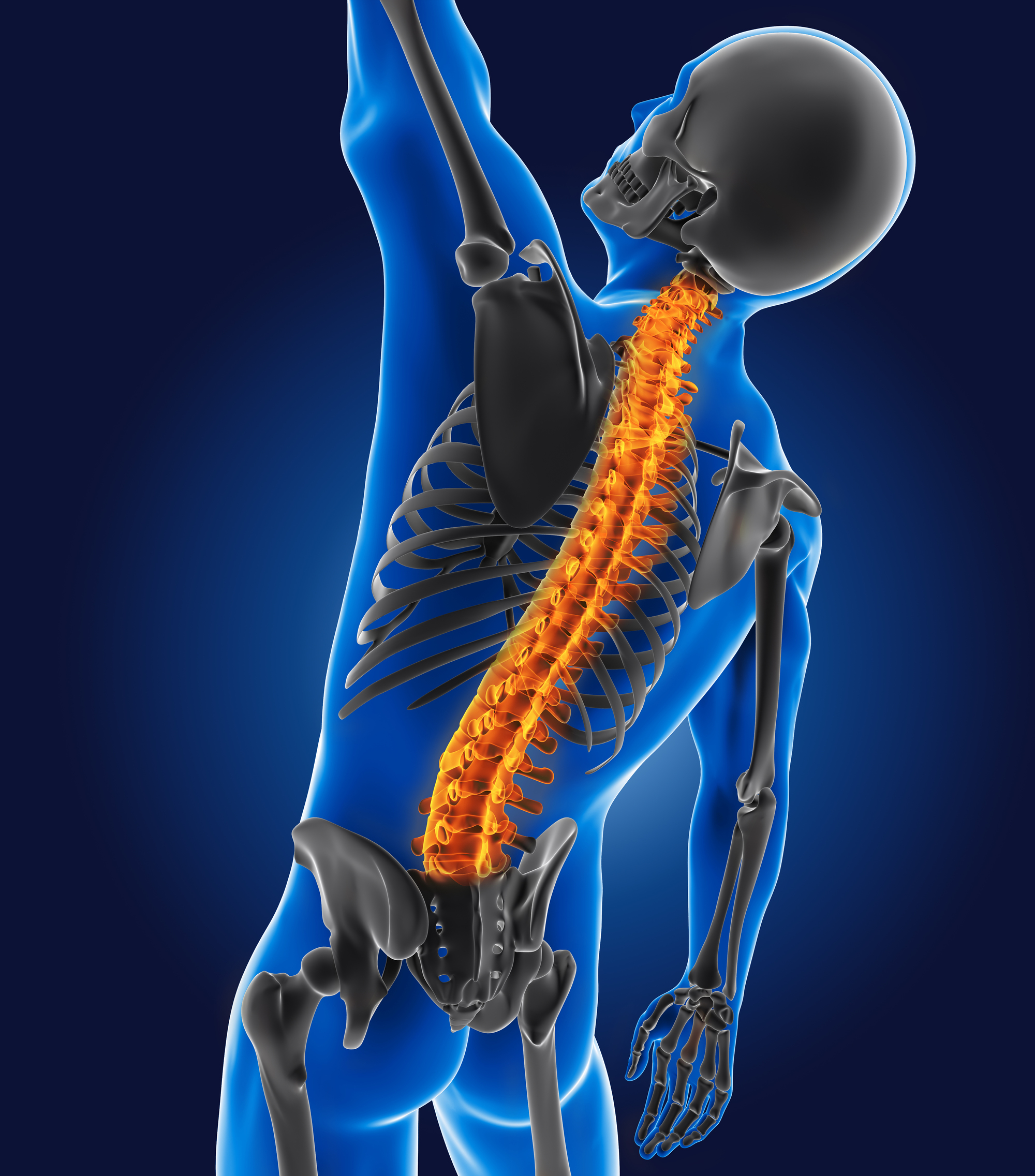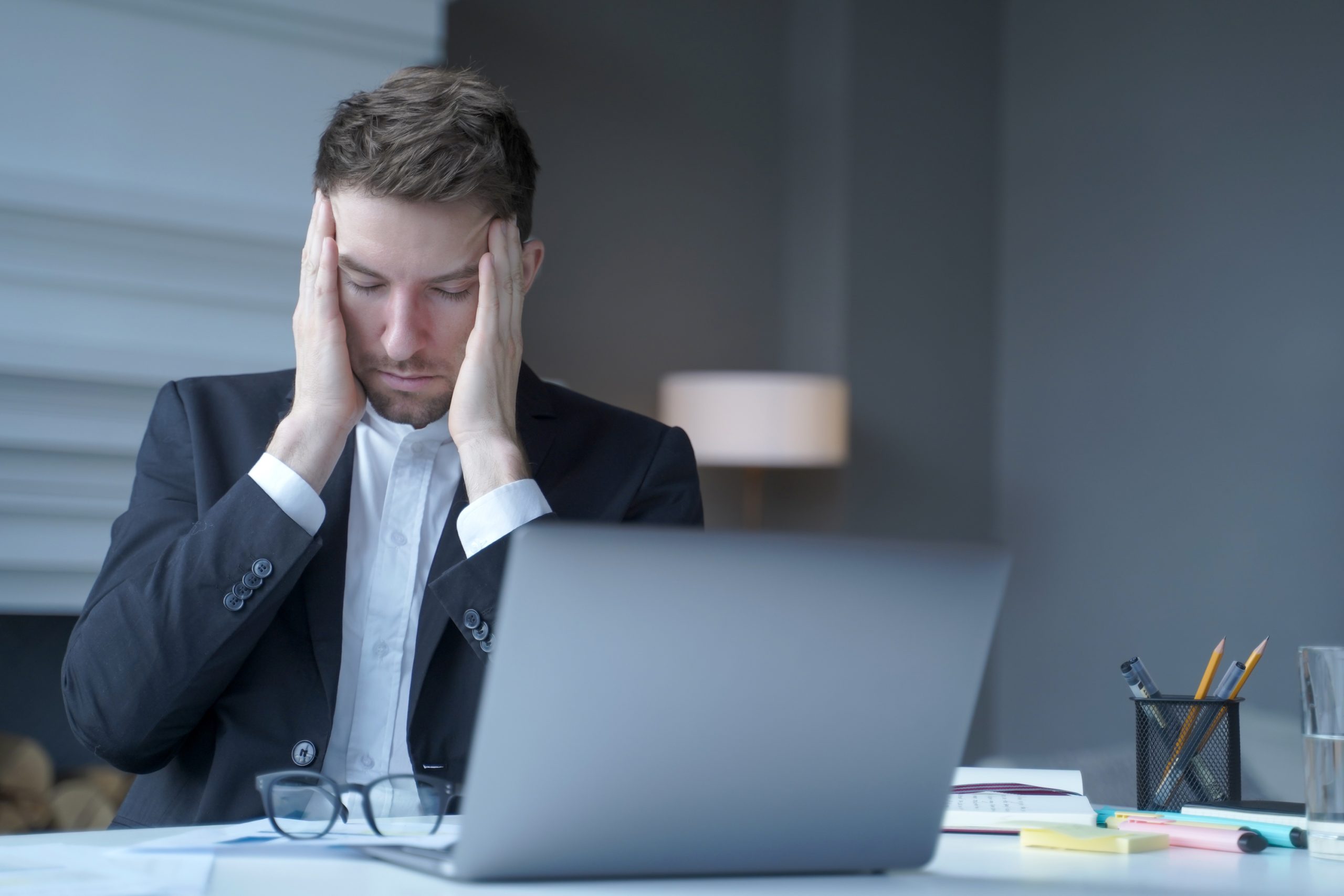Patellofemoral (AKA Knee Cap) Pain

Do you ever get sore knees during daily activities, exercise or while you climb the stairs? Well if you do, you’re not alone. Knee pain with activity is a common concern reported to physiotherapists. Below is some information regarding patellofemoral joint pain and some advice on how you can help manage your symptoms at home.
How Does the Knee Work:
The knee is a hinge joint which allows for bending and straightening movement. The patellofemoral joint is the joint between the kneecap (patella) and the intercondylar notch of the femur. This is where the kneecap travels during your bending movements. The tracking of the patella is influenced by the balanced pulling forces of the muscles around the thigh.
The cause of PFJ knee pain:
Patella femoral joint pain is a term used to describe symptoms underneath or around the knee cap. It can affect a wide range of people and is often aggravated with activities such as walking, running, up and down stairs, and squatting. As the structures on the inside and outside of the knee cap guide it during activity, this balance can be altered causing pain around the knee. This can be caused by the following:
- Outside muscles being too tight
- Inside structures being weaker than the outside muscles
- Excessive loads through the knee joint
- A combination of these factors
2 Ways to Help Your Pain:
1. Stretching:
Stretching is a great way to reduce the tightness which can be contributing to your symptoms. Stretching regularly throughout the day and both before and after exercise can help. You should trial these stretches at home
- Quad
- While standing, raise your foot towards your glute. You should feel the stretch along the front of your thigh. Hold for 20 seconds and repeat three times at a mild to moderate stretch pain free.
- HS
- While sitting on the floor, have one leg out straight. Lean forward at your hips until you feel a stretch in the back of your thigh / knee. Hold for 20 seconds and repeat three times at a mild to moderate stretch pain free.
- Calf
- Stand with one foot in front of the other facing a wall. Keep your back leg straight while leaning into the wall. You should feel a stretch in the back of your leg. Hold for 20 seconds and repeat three times at a mild to moderate stretch pain free.

2. Strengthening:
Strengthening is a greater way to maintain the balance within the knee. Often the reason muscles get tight is due to weakness (tired muscles get tight), so strengthening is a way to get you moving in the right direction. Trial these strengthening exercises at home:
- Knee holds
- Lay on your back and straighten your knee. Now try and push your knee into the bed and hold for 10 seconds repeat three times.
- Knee extensions
- While sitting on a chair, raise your foot so your knee is completely straight. Then lower your foot back to the floor. Repeated for 10 repetitions, three times.
- Sit to stands
- From a seated position, raise to a standing position. Then lower yourself back into the chair. Repeated for 10 repetitions, three times.
Written By
Levi Norsworthy
Physiotherapist
PhysioMotion Cairns
Shop 5/9-11 Stokes Street
Edmonton QLD 4869
(Servicing Edmonton, Gordonvale, Bentley Park, Mount Sheridan Community)





